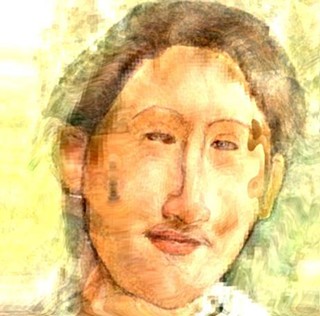The show opened in London in 1943 with the title of the 1939 Christie novel on which it was based, Ten Little Niggers. From the start, Christie began shining bright little lights into the book's darker corners, and even gave the play a happier ending. The New York production the following year dubbed the play Ten Little Indians, which seemed a good idea at the time, but now that the term "Indian" is in disrepute, the play is often given under the more neutral title And Then There Were None.
Christie owes her original titles and her plot to a typically gruesome nursery rhyme in which 10 little boys of the ethnicity of your choice fall by the wayside, one by one. The first chokes to death; the second merely oversleeps; one is swallowed by a red herring (always a danger in mystery writing), and so forth.
In Christie's play, 10 fairly ordinary people, all of whom turn out to be suspected but unconvicted murderers--or so they are accused--are invited to spend the weekend on a remote island off the coast of England. They have never met each other, nor even the hosts, who manage not to show up. Even before dinner is served, the guests begin to die in ways that echo the nursery rhyme, and as each one expires, an Indian figurine vanishes from a table in the sitting room.
There's no contact with the mainland, and nobody's on the island but the 10 people in the house, so one of the guests obviously must be the murderer. But which one? And will it even be clear once we're down to two survivors?
Christie does inject some intentional humor into the script, but one reason it's difficult to take the rest of it seriously is that she offers only vague characterizations; these people aren't much more individualized than the little Indian figurines that slowly disappear from the end table. They're exactly like a row of pawns in Christie's little chess game.
All right, this is extreme. The characters are differentiated, but only by type, not really by personality. Consider the prudish Miss Brent, who sneers at a "world which will never improve until we stamp out immorality." But what, exactly, is her personal story, her motivation? All Christie gives us is an old sourpuss we won't be sorry to see stacked atop the pile of corpses in the next room.
Most of the Top Hat actors do what they can to bring those types to life, but the puzzle is the real point here. Which is probably a good thing, because the acting is rather uneven, in more ways than one. Some of the actors seem much more comfortable with their lines and characters than others, and the English accents are somewhat uneven. Beyond that, we're faced with a wide range of acting styles. Tom Potter, as the servant Rogers, plays everything broadly for laughs, which is fine, because he's the comic relief; at the other extreme is Sean O'Connell, soft-spoken and understated as a "nerve" doctor who could use a bit of his own medicine. The others fall at various points in between, and this inconsistency of tone is the production's main liability.
A couple of other little things don't work quite as well as you'd expect, considering the reliability of the leads. James Mitchell Gooden and Sara Thompson, for example, don't quite develop the chemistry they should; Thompson, who is otherwise quite good as the mysterious hosts' efficient but increasingly fearful secretary, doesn't respond to the flirtation of Gooden's cocky Capt. Lombard in sufficient kind. Otherwise, the two actors are perfectly enjoyable to watch, as are Bruce Biezski as a judge with certain secrets and Paul Hammack as a disheveled ex-policeman who's floundering in an unfamiliar social circle. And we're sorry to see James Wilson's callow and glib young character get bumped off early in the show, disagreeable as he is.
Bieszki's direction keeps everything moving smartly, even when Christie herself doesn't help with the slow pacing of her first act. Presenting the play in the round means the company can mount the production on a shoestring, with just a few pieces of furniture and some apt costuming (courtesy of Elizabeth Gooden, who also takes a minor role on stage).
Less-fussy theatergoers than I will likely find this production to be mostly satisfactory, and there's always something grimly attractive about a play with such a high body count.








